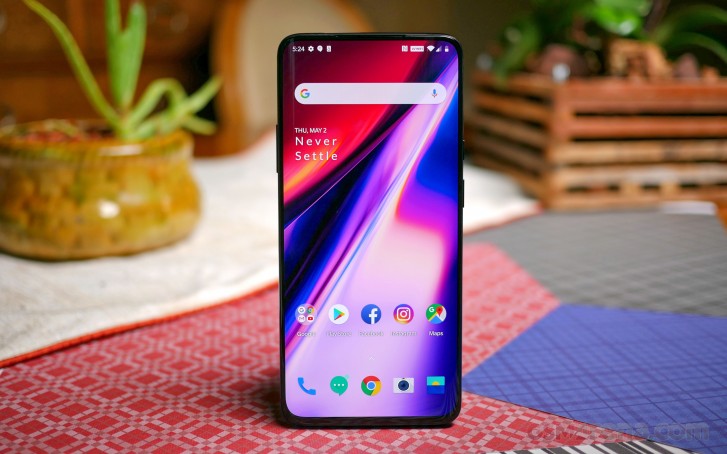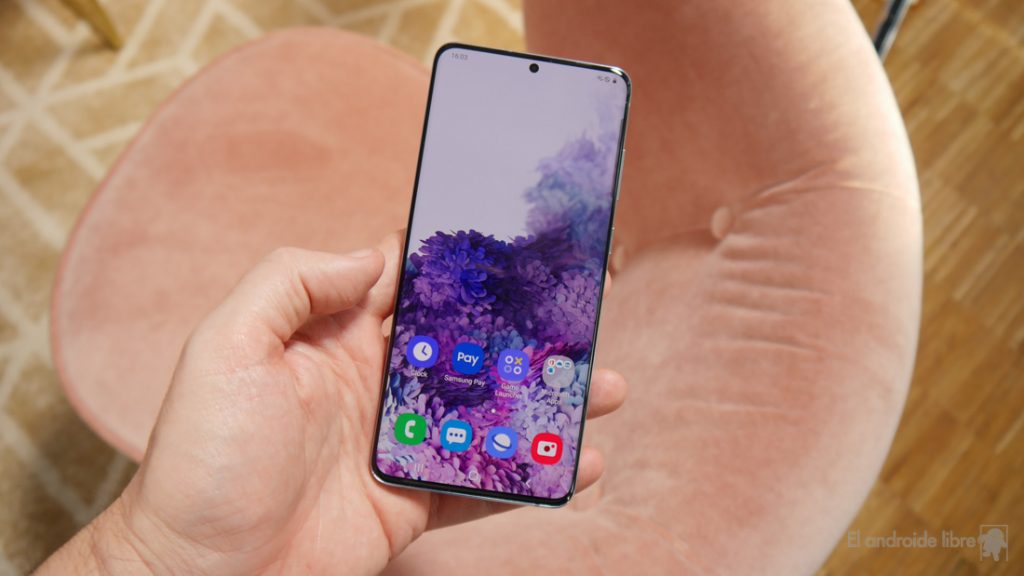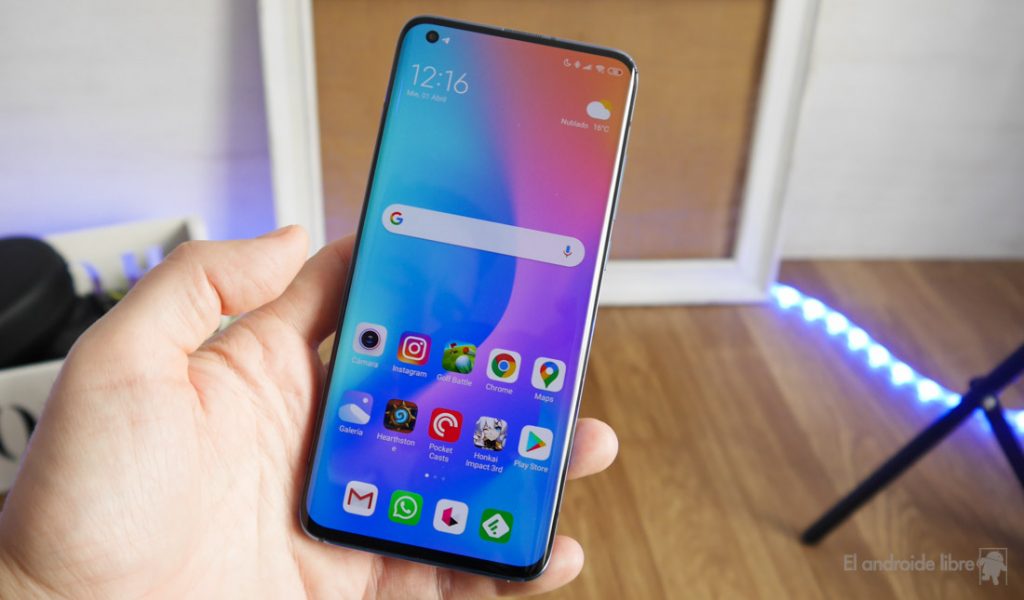
Each generation of mobiles has a fairly established design line and 2020 is no exception. If we look straight at the OnePlus 8 Pro , a Xiaomi Mi 10 , an OPPO Find X2 Pro or a Huawei P40 Pro, they all have in common a perforation in the upper left corner for the camera but also a rather curved screen on the larger sides.
These types of screens were made fashionable by Samsung several generations ago with its Edge terminals. The first was a Note, but above all they became famous in the Galaxy S.
However, in 2020 the Korean firm has decided to return to its origins and has banished these types of screens in the Galaxy S20, at the same time that the vast majority of rivals embraced them

But not everyone has implemented them the same way. One of the main problems with this type of screen is that when grasping the mobile with one hand, we may perform involuntary pulsations in the area where it curves. This causes certain elements of the interface to be activated on some occasions, such as when we are lying in bed using our mobile at night.

To be honest, in the vast majority of models that I have tried this has not been a problem at all, but it has been somewhat frustrating for the Xiaomi Mi 10. Fortunately, it seems that the company is aware of this and has introduced a Adjust the device interface to solve this problem.
How to correct the phantom touches on the screen of the Xiaomi Mi 10
If the day-to-day use of your Xiaomi Mi 10 or Xiaomi Mi 10 Pro is clouded by these accidental presses, you can modify the sensitivity of that area in the settings. For this we have to:
- Open the Settings app.
- Go to the Additional Settings section.
- Ignore extra touches on the edges.
- Personalize.
There we can choose the size of the area that will be more insensitive to touches. Be careful, because this has a counterpart. If we use gestures to control the MIUI interface, instead of using virtual buttons, they may respond better.
We advise you to calibrate the area so that it is not a problem and in case the gestures do not work as you would like, activate the virtual buttons.
